
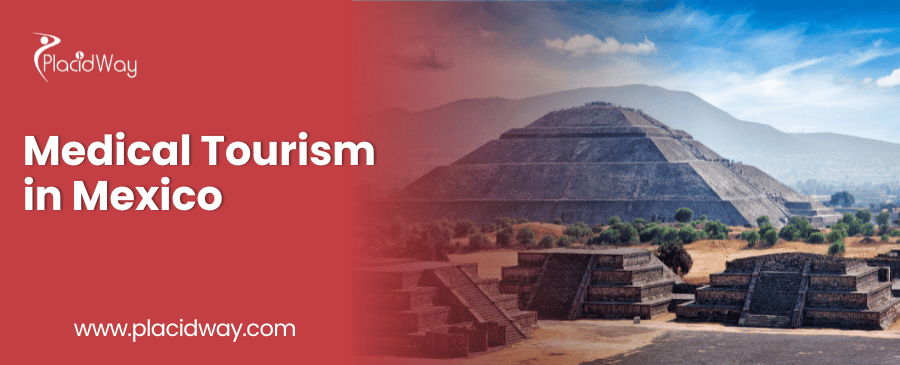
Guide to Medical Tourism in Mexico
When it comes to seeking medical care abroad, Mexico has steadily emerged as a practical and viable destination for a growing number of individuals. Medical tourism in Mexico isn't just about picturesque beaches and vibrant culture; it's a pragmatic choice driven by the pursuit of high-quality healthcare at a fraction of the cost.
The Real Deal: Affordability without Sacrificing Quality
In a world where healthcare costs can be astronomical, Mexico stands out as an oasis of affordability without compromising on the quality of medical services. Whether you're looking for a dental procedure, a complex surgery, or cutting-edge treatments, Mexico offers an extensive range of medical services that cater to various needs and budgets.
Beyond the Border: Accessibility and Convenience
Mexico's proximity to the United States makes it a convenient choice for medical tourists, especially those from North America. The ease of travel, coupled with the abundance of accredited medical facilities, has turned Mexico into a sought-after destination for those seeking medical solutions that won't break the bank.
A Haven for Medical Expertise
While cost-effectiveness is a significant draw, it's essential to note that Mexico boasts a cadre of highly skilled medical professionals with qualifications and experience that rival their counterparts worldwide. Many physicians in Mexico have trained in leading international institutions and are board-certified, ensuring that patients receive top-notch care.
Varied and Comprehensive Services
Mexico's medical tourism sector offers an extensive menu of services, including but not limited to plastic surgery, weight loss surgery, dental treatments, fertility procedures, and much more. Whether you're seeking elective cosmetic enhancements or life-changing medical interventions, Mexico has it covered.
Facts and Figures:
- Annual Medical Tourist Arrivals: Mexico attracts approximately 1.4 to 2 million medical tourists each year, making it one of the top destinations for medical travelers worldwide.
- Popular Procedures: The most sought-after medical procedures in Mexico for international patients include cosmetic surgery (e.g., breast augmentation, liposuction), dental work (e.g., dental implants, veneers), weight loss surgery (e.g., gastric sleeve, gastric bypass), and orthopedic surgeries (e.g., joint replacements).
- Cost Savings: Medical procedures in Mexico are typically 30% to 70% cheaper than in the United States and Europe. For example, a dental implant that might cost $3,000 in the U.S. can be done for approximately $1,000 in Mexico, without compromising on quality.
- Accredited Facilities: Mexico boasts numerous medical facilities that are accredited by international organizations such as the Joint Commission International (JCI) and the International Society for Quality in Healthcare (ISQua), ensuring high standards of care.
- Quality of Medical Professionals: Many Mexican healthcare professionals have received training in reputable institutions worldwide and are often board-certified in their respective specialties. Mexico has a growing number of English-speaking doctors and medical staff to accommodate international patients.
- Patient Satisfaction: Mexico consistently receives positive feedback from medical tourists regarding the quality of care, personalized attention, and overall patient experience. High patient satisfaction rates have contributed to the country's continued growth in medical tourism.
- Geographic Advantage: Mexico's proximity to the United States and Canada makes it highly accessible for North American patients. Many major cities in Mexico, including Tijuana, Cancún, and Mexico City, have international airports with direct flights from various locations.
- Supportive Tourism Infrastructure: Mexico offers a well-developed tourism infrastructure with a range of accommodation options, transportation services, and recreational activities. This allows medical tourists to combine their healthcare journey with leisure and relaxation.
- Insurance Coverage: Some international insurance providers cover medical procedures in Mexico, making it a financially viable option for insured patients.
- Legal Protections: Mexican law protects the rights of medical tourists, ensuring that they receive the agreed-upon medical care and have legal recourse in case of any issues.
Realizing Your Healthcare Goals
In this guide, we'll provide a realistic and comprehensive look at medical tourism in Mexico, focusing on essential aspects that matter most to prospective patients. We'll equip you with the knowledge and insights needed to navigate the world of medical tourism confidently, ensuring that your healthcare journey in Mexico aligns with your expectations and goals.
Most Popular Treatments Offered in Mexico to Medical Tourists
Mexico's medical tourism industry offers a wide range of treatments that attract patients from across the globe. These services are not only high in quality but also come at a fraction of the cost compared to many Western countries. Here are some of the most popular treatments that medical tourists seek in Mexico:
1. Cosmetic Surgery
- Overview: Cosmetic surgery in Mexico covers a wide array of procedures including facelifts, breast augmentation, liposuction, and rhinoplasty.
- Popularity: The combination of experienced surgeons and lower costs compared to the U.S. and Europe makes Mexico a preferred destination for these procedures.
2. Dental Procedures
- Overview: High-quality dental care in Mexico includes treatments like dental implants, veneers, crowns, and full mouth restoration.
- Popularity: The proximity to the U.S., coupled with significantly lower costs, drives many Americans and Canadians to opt for dental work in Mexico.
3. Bariatric Surgery
- Overview: Weight loss surgeries, including gastric bypass, sleeve gastrectomy, and lap band surgery, are widely available.
- Popularity: With obesity rates rising globally, many individuals turn to Mexico for affordable and effective bariatric surgery options.
4. Orthopedic Procedures
- Overview: Procedures such as knee and hip replacements, arthroscopy, and spinal surgeries are offered with high standards of care.
- Popularity: Patients often choose Mexico for these complex surgeries due to lower costs and shorter waiting times.
5. Cardiac Care
- Overview: Advanced cardiac care, including heart bypass surgery, angioplasty, and stent placement, is available in several specialized hospitals.
- Popularity: The quality of cardiac care, combined with cost savings, attracts patients needing high-end cardiac procedures.
6. Cancer Treatment
- Overview: Mexico offers a range of cancer treatments, including chemotherapy, radiation therapy, and newer treatments like immunotherapy.
- Popularity: Some patients seek alternative and holistic cancer treatments in Mexico, which are not widely available elsewhere.
7. Fertility Treatments
- Overview: Treatments such as IVF, IUI, and other assisted reproductive technologies are available at competitive prices.
- Popularity: Couples from around the world are drawn to Mexico for fertility treatments due to lower costs and high success rates.
8. Ophthalmology
- Overview: Eye care services, including LASIK, cataract surgery, and glaucoma treatment, are commonly sought after.
- Popularity: The advanced technology and expertise available in Mexico make it a go-to destination for eye care.
These treatments highlight Mexico's position as a leader in medical tourism, offering a blend of affordability, quality, and a wide range of medical services.
Cost of Medical Treatments in Mexico
One of the primary motivations for medical tourists considering Mexico is the significant cost savings on various medical treatments compared to prices in countries like the United States, Canada, and many European nations. The following overview provides insight into the cost aspect of medical treatments in Mexico.
Overview of Cost Savings
1. Substantial Savings: Patients can expect to save anywhere from 40% to 70% on medical procedures in Mexico compared to prices in the U.S. or Canada. These savings are due to lower labor costs, less expensive insurance, and different healthcare systems in Mexico.
2. Examples of Cost Differences:
- Cosmetic Surgery: Procedures like facelifts, breast augmentation, or liposuction in Mexico can cost several thousand dollars less than in the U.S.
- Dental Procedures: High-cost dental work such as implants or full-mouth restoration can be up to 60-70% cheaper in Mexico.
- Bariatric Surgery: Weight loss surgeries in Mexico can be significantly more affordable, with savings of thousands of dollars.
- Orthopedic Procedures: Knee or hip replacements, which can be prohibitively expensive in the U.S., are much more affordable in Mexico.
|
Procedure |
USA |
Mexico |
|---|---|---|
|
Cosmetic Surgery |
$15,000 – $25,000 |
$2,000 – $7,500 |
|
Dental Procedures |
$4,000 – $31,000 |
$2,200 – $10,950 |
|
Bariatric Surgery |
$20,000 – $29,000 |
$4,000 – $6,600 |
|
Orthopedic Procedures |
$22,000 – $40,000 |
$4,000 – $16,000 |
|
Stem Cell Therapy |
$12,000 – $50,000 |
$2,400 – $10,000 |
|
Fertility Treatments |
$15,000 – $26,000 |
$6,000 – $8,600 |
Factors Influencing Cost
1. Type of Procedure: The complexity and type of procedure greatly influence the cost. More complex surgeries will naturally be more expensive than simpler ones.
2. Hospital and Surgeon Choice: Costs can vary based on the chosen hospital's reputation and the surgeon's expertise. High-end hospitals in major cities may charge more than smaller facilities.
3. Additional Expenses: Consider expenses related to travel, accommodation, aftercare, and potential follow-up visits. These should be factored into the overall cost.
Transparency and Payment
1. Price Transparency: Many Mexican medical facilities offer transparent pricing structures and can provide detailed quotes before treatment.
2. Payment Methods: Facilities usually accept various payment methods, including cash, credit cards, and sometimes even financing options.
Insurance and Coverage
1. International Insurance: Some Mexican hospitals accept international health insurance, but it's important to verify this beforehand.
2. Out-of-Pocket Payments: In cases where insurance is not accepted, patients will need to pay out-of-pocket and possibly seek reimbursement from their insurance provider upon return.
Planning for Costs
1. Research and Quotes: Obtaining quotes from several hospitals for comparison and planning is advisable.
2. Consider All Costs: Ensure that all potential costs, including those for pre- and post-operative care, are considered when budgeting for a medical trip to Mexico.
Understanding the cost dynamics of medical treatments in Mexico is crucial for those considering medical tourism. While the savings are significant, thorough research and careful planning are essential to ensure a successful and financially viable medical journey.
Top Medical Treatment Clinics in Mexico
When selecting top medical treatment clinics in Mexico, prioritize facilities with international accreditation and positive patient testimonials, ensuring both high-quality care and a successful medical experience. Additionally, consider clinics with specialists in your required field and confirm their experience and success rates to make an informed decision.
Plastic Surgery Clinics in Mexico
Bariatric Surgery Clinics in Mexico
Stem Cell Therapy Clinics in Mexico
Orthopedic Surgery Clinics in Mexico
Fertility Treatment Clinics in Mexico
Affordable Medical Treatment Packages in Mexico
Affordable medical treatment packages in Mexico offer significant cost savings without compromising on quality, encompassing a range of services from cosmetic and dental procedures to major surgeries. These packages often include pre-operative consultations, the procedure itself, and post-operative care, providing comprehensive healthcare solutions at competitive prices.
Quality & Accreditation of Medical Tourism in Mexico
The quality of healthcare and the accreditation of medical facilities are crucial factors for individuals considering medical tourism in Mexico. The country has made significant strides in elevating the standards of its medical care, particularly in areas that cater to international patients.
International Accreditation
- Joint Commission International (JCI): JCI accreditation is considered the gold standard in global healthcare. Several hospitals and clinics in Mexico have achieved JCI accreditation, a testament to their commitment to meeting rigorous international quality and safety standards.
- International Organization for Standardization (ISO): ISO certifications, such as ISO 9001, are awarded to organizations that demonstrate excellence in quality management systems. Many healthcare providers in Mexico proudly display ISO certifications, ensuring that patients receive top-tier care.
- Other International Accreditations: Apart from JCI, many Mexican medical facilities are accredited by international bodies such as the International Organization for Standardization (ISO) and the Accreditation Canada International (ACI).
Local Certification and Regulation
- Federal Regulations: The Mexican government enforces strict regulations on healthcare facilities, requiring them to adhere to high standards of medical care, hygiene, and patient safety.
- Professional Certification: Medical professionals in Mexico are required to undergo rigorous training and certification. Many doctors and surgeons catering to international patients often have training or certification from the U.S. or Europe.
State-of-the-Art Facilities
- Modern Infrastructure: Hospitals catering to medical tourists in Mexico often feature state-of-the-art infrastructure, modern medical equipment, and technology on par with what is found in the U.S. and Europe.
- Specialized Clinics: Many clinics in Mexico specialize in specific types of treatments, such as dental care, cosmetic surgery, or bariatric surgery, ensuring focused expertise.
Continuous Improvement and Patient Feedback
- Quality Improvement Programs: Mexican medical facilities often engage in continuous improvement programs to enhance patient care and stay updated with the latest medical practices and technologies.
- Patient Reviews and Feedback: Patient testimonials and reviews are readily available and can provide insights into the quality of care and patient experiences.
Language and Cultural Competence
- English-speaking Staff: Most facilities that cater to international patients have English-speaking staff, which is vital for effective communication.
- Cultural Sensitivity: Being a major destination for international patients, Mexican healthcare providers are typically culturally sensitive and accustomed to addressing the diverse needs of their patients.
Patient Safety and Care
- Pre and Post-operative Care: Emphasis is placed not only on the procedures themselves but also on comprehensive pre and post-operative care to ensure the best outcomes for patients.
By maintaining high standards of healthcare quality and accreditation, Mexico continues to reinforce its position as a top destination for medical tourism.
Transformative Experiences: Testimonials from Medical Tourists in Mexico
Experience the life-changing stories of those who journeyed to Mexico for medical care. Watch these compelling testimonials and discover how medical tourism in Mexico has positively transformed the lives of countless individuals.
Shannon's Transformation with All-on-4 Dental Implants in Picturesque Los Algodones, Mexico
Emily Got Successful Gastric Sleeve in Piedras Negras, Mexico
A Stem Cell Odyssey in Tijuana Mexico at Immunow Oncology Concierge
Visa and Travel Information for Medical Tourism in Mexico
For individuals planning to visit Mexico for medical reasons, understanding visa and travel requirements is essential. These regulations can vary depending on your country of origin, the length of your stay, and the specific nature of your visit.
Visa Requirements
- Tourist Visa: Most medical tourists can enter Mexico on a standard tourist visa. Citizens of the U.S., Canada, the EU, and many other countries do not need a visa for stays of up to 180 days.
- Visa Application: If you are not from a visa-exempt country, you will need to apply for a visa at a Mexican consulate or embassy in your home country. The process typically requires a valid passport, proof of sufficient funds, a return ticket, and possibly a hotel reservation.
- Special Circumstances: In certain cases, if the treatment requires a longer stay, it may be necessary to apply for a temporary resident visa.
Travel Documents
- Passport: Ensure that your passport is valid for at least six months beyond your period of stay in Mexico.
- Medical Documentation: Carry all relevant medical documents, including records of previous treatments, prescriptions, and any communication from the medical facility in Mexico.
Travel Insurance
- Medical Tourism Insurance: It’s highly recommended to obtain medical tourism insurance to cover any unforeseen medical expenses, complications, or extended stays.
- Travel Insurance: General travel insurance is also advisable to cover travel-related issues like cancellations, lost luggage, or travel delays.
Travel Arrangements
- Flights: Major airports in Mexico are well-connected with international and domestic flights. Consider the proximity of the airport to your medical facility.
- Ground Transportation: Many medical facilities offer shuttle services from the airport. Alternatively, you can use taxis or ride-sharing services.
Lodging and Accommodation
- Nearby Hotels: Many hotels in Mexico cater specifically to medical tourists and may offer special rates or services.
- Hospital Accommodation: Some hospitals offer onsite accommodation for patients and their families, especially for pre-operative or post-operative care.
Cultural and Language Considerations
- Language: While staff at medical facilities often speak English, learning some basic Spanish phrases can be helpful.
- Cultural Awareness: Being aware of and respectful towards Mexican culture and customs can enhance your experience.
Currency and Payment
- Currency: The Mexican Peso (MXN) is the local currency. It’s advisable to have some local currency for small expenses, although credit cards are widely accepted.
- Medical Costs: Ensure clarity on the costs of medical procedures and check if the hospital accepts insurance or international credit cards.
Travel to Mexico
There are many options for getting to Mexico. The easiest way is to fly or drive. You can reach Mexico overland from the US via train, bus, or car.
1. Air Travel
Benito Juárez International Airport (MEX) is the main air terminal. Relentless flying times from a portion of the significant metropolitan air terminals to Mexico City International Airport (MEX) are listed below:
|
City |
Duration |
City |
Duration |
|---|---|---|---|
|
5 hr 25 min |
3 hr 30 min |
||
|
3 hr 35 min |
2 hr 15 min |
||
|
3 hr 47 min |
4 hr 55 min |
||
|
4 hr 20 min |
5 hr 15 min |
2. Land Travel through Public Vehicle
One can arrive at Mexico by means of land through different choices. On the off chance that visiting line urban areas like Tijuana, basically cross the line by walking. Public vehicle, similar to trains or transports, are some other regularly utilized modes.
| Vehicle | General Information |
|---|---|
| Train |
|
| Bus |
|
| Walking-in |
|
3. Driving to Mexico
Driving across the US-Mexico line is simple. One can do as such using a leased or an individual vehicle. Notwithstanding, the records required may change for both. You will find some handy points below:
- Driving Registered Vehicles
- Driving Rented Vehicles
- US-Mexico Travel Duration
By understanding these travel and visa requirements, medical tourists can ensure a smoother and more stress-free experience when visiting Mexico for medical purposes.
Why is Healthcare so Cheap in Mexico?
The guarantee of superior grade with close to 33% the costs sounds confusing. How could it be that even similar brands' embed costs less in Mexico than in the US? While money trade rates make the costs look modest, different variables are genuinely making them so.
These lower costs pertain to the medical culture of the country. Some of the driving factors are:
- Lower Salaries: Earnings in Mexico are lower across the whole range of occupations, including medical experts.
- Subsidized Education: Mexico specialists convey no understudy loan obligation because of government sponsorships. It decreases the possibility overcharging their administration.
- No Malpractice Insurance: Mexican specialists don't buy costly medical negligence insurance. It is generally expected utilized in the US to safeguard specialists against claims.
- No Corporate Influence: Most doctors practice without intrusions from corporate. They partake in the full benefit; consequently, patients get lower medical expenses.
- Low Prescription Cost: Most prescription drugs in Mexico are 30%-60% less than in the US. Little regulation by the govt in the US affects the price of medicines sold there.
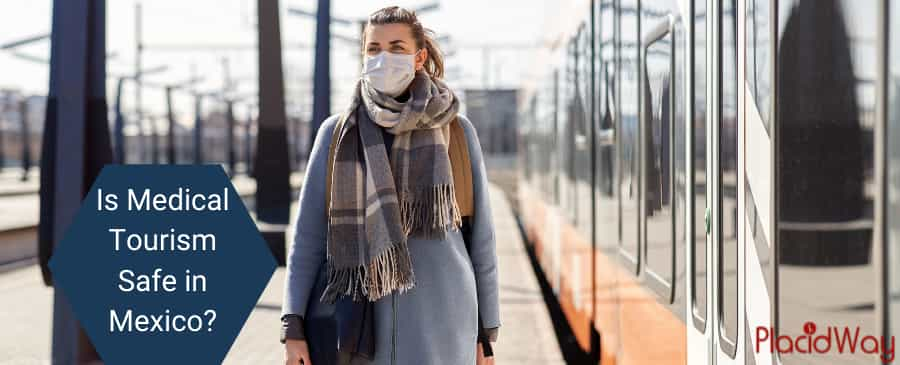
Is Medical Tourism Safe in Mexico?
World Travel and Tourism Council (WTTC) marks Mexico's public destinations with the "Protected Travel" stamp. The nation takes on worldwide wellbeing and cleanliness norms.
Subsequently, it would be all in all correct to say Mexico is alright for Medical Tourism. Additionally, the following reasons contribute towards this:
- The nature of medical care administrations in Mexico is tantamount to the States.
- Mexico has the biggest number of ensured emergency clinics in Latin America.
- Current gear is ample in significant urban communities.
- Medicines in Mexico is however protected as it very well might be in the United States of America.
Safety, Practical Tips, and Emergency Contacts for Medical Travelers in Mexico
Ensuring your safety and well-being during your medical journey in Mexico is paramount. Here, we'll provide you with essential safety tips, practical advice, and emergency contacts to help you navigate your medical trip with confidence and peace of mind.
Safety Tips:
- Choose Reputable Healthcare Providers: Research and select healthcare facilities and professionals with a strong track record, positive patient reviews, and appropriate certifications or accreditations, such as JCI or ISO.
- Stay in Tourist-Friendly Areas: Opt for accommodation in well-known tourist areas, where you are more likely to find English-speaking staff and amenities catering to international visitors.
- Transportation: Use reputable transportation services or arrange transfers through your healthcare facility. Avoid hailing unlicensed taxis on the street.
- Keep Copies of Important Documents: Make copies of your passport, visa, medical records, and travel insurance. Store these copies separately from the originals and share them with a trusted contact.
- Stay Hydrated: Mexico's climate can be hot, so stay hydrated, especially after medical procedures. Drink bottled or purified water, and avoid tap water.
- Food Safety: Enjoy the delicious Mexican cuisine but exercise caution with street food to prevent stomach issues. Stick to well-established restaurants for safe dining experiences.
- Emergency Contacts: Know the local emergency numbers and have them saved on your phone. In Mexico, dial 911 for emergencies.
- Travel Insurance: Ensure you have comprehensive travel insurance that covers medical emergencies, trip cancellations, and other unforeseen events.
- Local Laws and Customs: Familiarize yourself with Mexican laws and customs, and always carry identification with you.
- Language: While many healthcare providers in Mexico speak English, having a basic understanding of Spanish can be helpful for everyday interactions.
Practical Tips:
- Airport Procedures: Follow immigration and customs procedures upon arrival. Keep your FMM tourist card and other travel documents accessible.
- Local Currency: Use local currency (Mexican Pesos) for day-to-day expenses. Exchange currency at banks or authorized exchange offices for better rates than at airports.
- Local SIM Card: Consider purchasing a local SIM card or an international roaming plan for your phone to stay connected during your stay.
- Local Transportation: Use reputable transportation options like registered taxis or rideshare services. Note that Uber is available in many Mexican cities.
- Pharmacies: Mexico has well-stocked pharmacies where you can purchase medications, but ensure they are prescribed by your healthcare provider.
- Cultural Sensitivity: Respect local customs and etiquette. Dress modestly when appropriate and be mindful of cultural differences.
Emergency Contacts:
- Medical Emergencies: Dial 911 for immediate medical assistance.
- Tourist Assistance Hotline (English-speaking): In emergency please find the Tourist Assistance Hotline number on Internet for facilitation.
- U.S. Embassy and Consulates in Mexico: If you're a U.S. citizen, contact the nearest U.S. Embassy or Consulate for assistance. You can find their contact information on the official website.
- Emergency Numbers for Other Countries: Save the contact information for your country's embassy or consulate in Mexico in case you need assistance.
- Travel Insurance Provider: Have your travel insurance provider's contact information readily available, including the policy number.
Preparing for the Unexpected:
While medical tourism in Mexico offers many benefits, it's essential to be prepared for any unexpected situations. Consider having an emergency plan in place, including knowing the location of the nearest hospital, your healthcare provider's contact details, and a local contact person who can assist you if needed.
Cultural & Tourism Experiences in Mexico for Medical Travelers
Mexico is not only a destination for quality medical care but also a land rich in culture, history, and natural beauty. Medical tourists often take advantage of their visit to experience the diverse tourism opportunities Mexico offers. Engaging in cultural and leisure activities can be a pleasant complement to the medical journey, aiding in relaxation and recovery.
Rich Cultural Heritage
1. Historical Sites: Mexico is home to numerous UNESCO World Heritage sites, including ancient Mayan ruins like Chichen Itza, the historic center of Mexico City, and the colonial cities of Oaxaca and Guanajuato.
2. Museums and Art: Mexico's rich art scene can be explored in world-renowned museums such as the Frida Kahlo Museum in Mexico City or the Museum of Mexican Art in various cities.
Vibrant Local Cuisine
1. Gastronomic Delights: Mexican cuisine, known for its vibrant flavors and diverse dishes, is an integral part of the cultural experience. From street food like tacos and tamales to gourmet dining, there’s something to suit every palate.
2. Cooking Classes: Some destinations offer cooking classes where medical tourists can learn to prepare traditional Mexican dishes.
Breathtaking Natural Scenery
1. Beaches: Mexico boasts some of the world’s most beautiful beaches, perfect for relaxation and gentle activities, like the beaches of Cancun, Playa del Carmen, and Tulum.
2. Natural Wonders: Explore natural wonders like the cenotes in Yucatan, the Copper Canyon, and the monarch butterfly reserves.
Wellness and Relaxation
1. Spa and Wellness Retreats: Mexico offers numerous spa and wellness retreats, where visitors can enjoy treatments that incorporate traditional Mexican healing practices.
2. Yoga and Meditation: Many coastal towns provide yoga and meditation retreats, ideal for recuperation and relaxation.
Local Festivals and Events
1. Festivals: Participating in local festivals like Day of the Dead (Día de Muertos) and Cinco de Mayo can provide an immersive cultural experience.
2. Music and Dance: Experiencing the local music and dance, such as Mariachi and Folklorico, adds to the richness of the Mexican experience.
Shopping and Souvenirs
1. Local Markets: Visiting local markets for handicrafts, textiles, and souvenirs is a great way to experience local culture and support the local economy.
2. Luxury Shopping: Major cities also offer luxury shopping experiences with a range of international and local brands.
Tips for Medical Travelers
1. Plan According to Health: Ensure that the chosen activities are suitable for your health condition, especially post-treatment.
2. Accessibility: Check the accessibility of tourist attractions if there are mobility considerations.
3. Local Guidance: Engaging with local guides or patient coordinators can help in identifying the best experiences suited to your interests and health status.
Explore Medical Tourism in Mexico with PlacidWay
Discover the ideal blend of quality healthcare and affordability with PlacidWay's comprehensive medical tourism packages in Mexico. Take the first step towards a successful medical journey – contact PlacidWay today to find the best treatment options tailored to your needs.

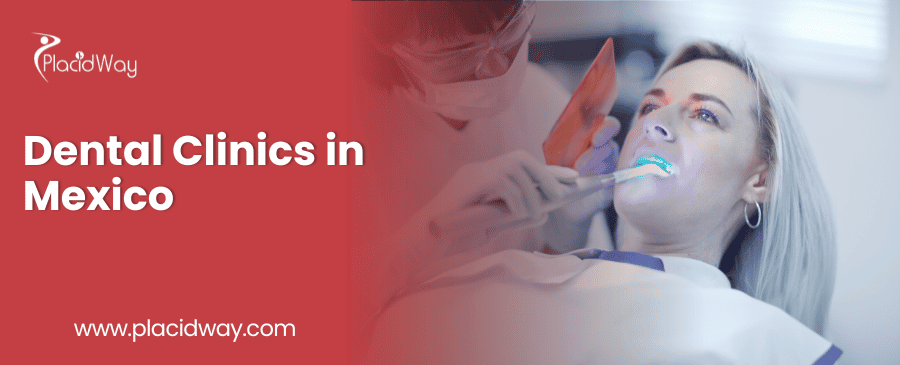



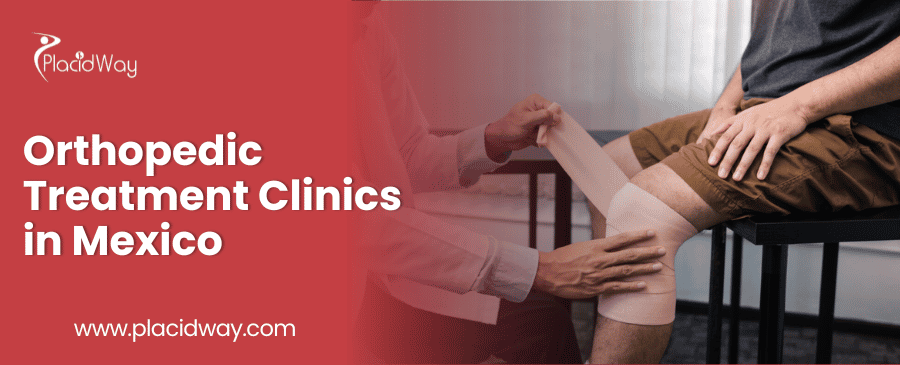




.png)
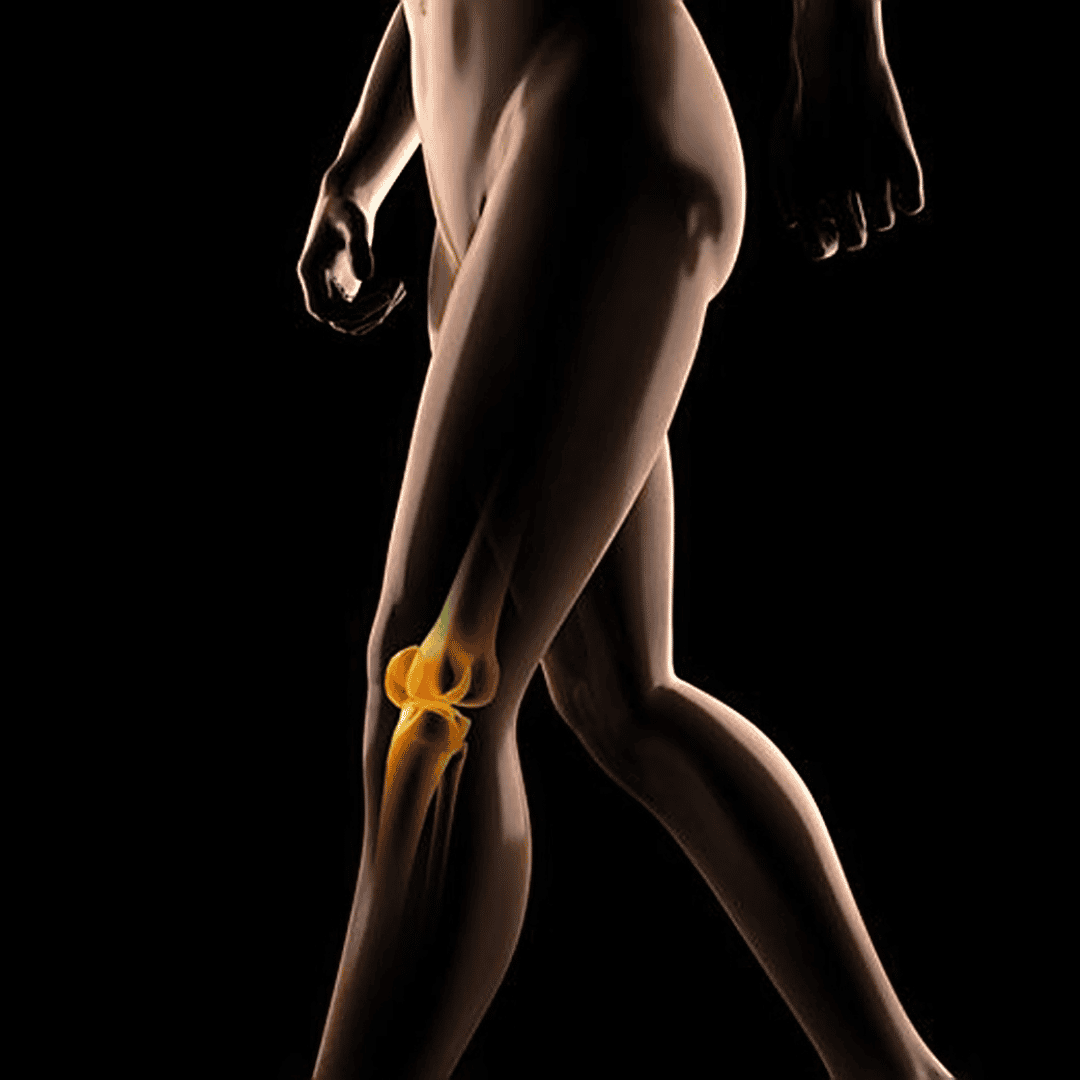


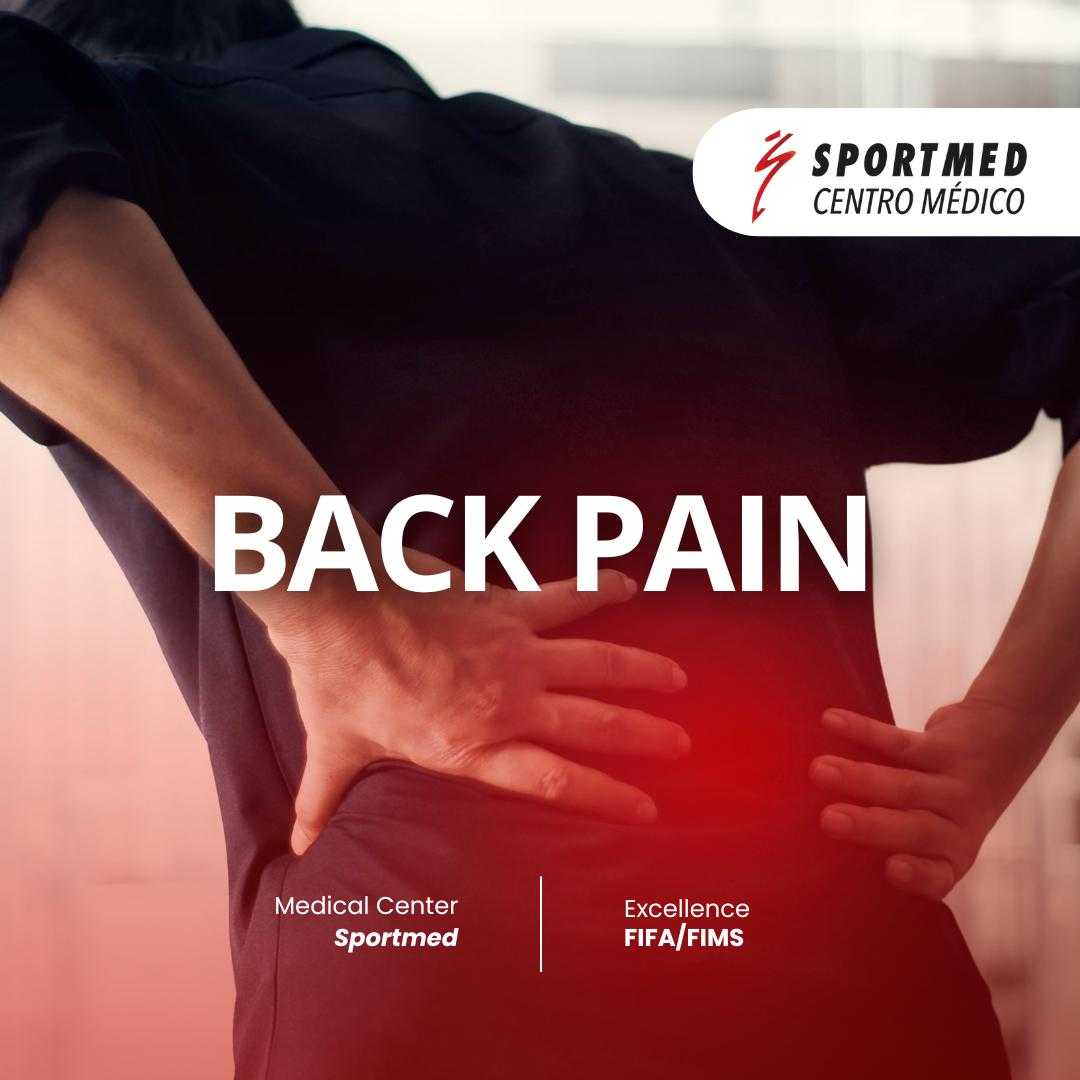
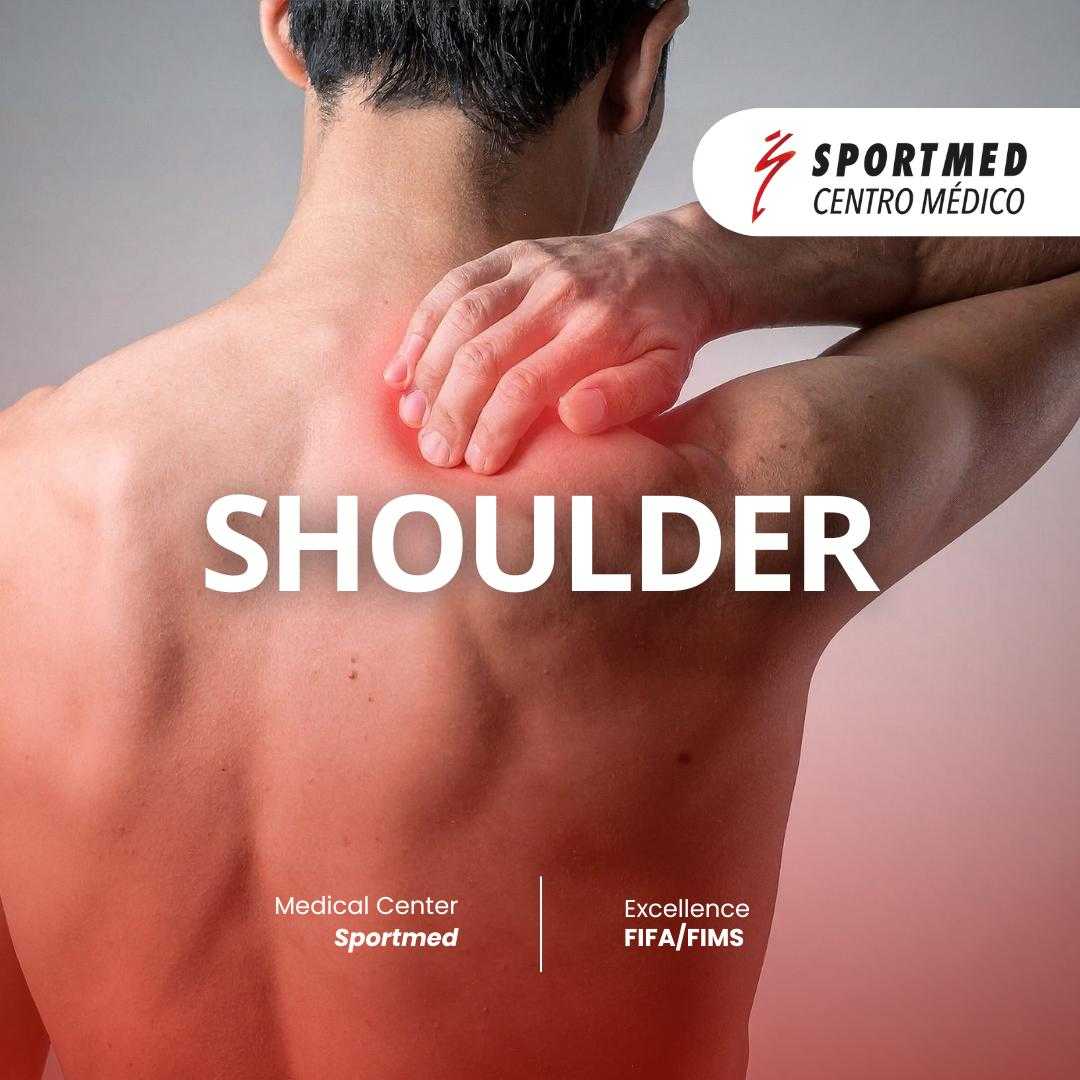
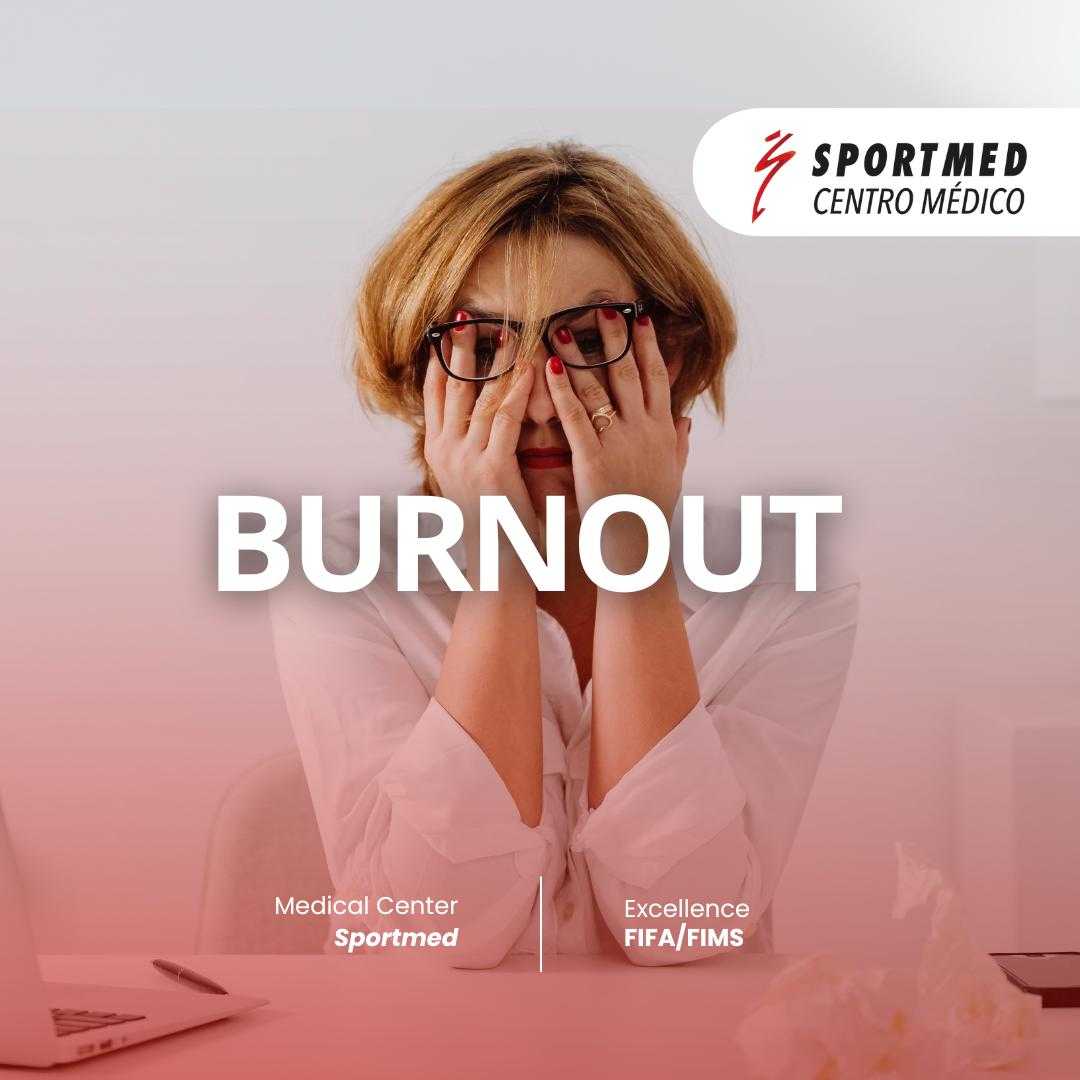
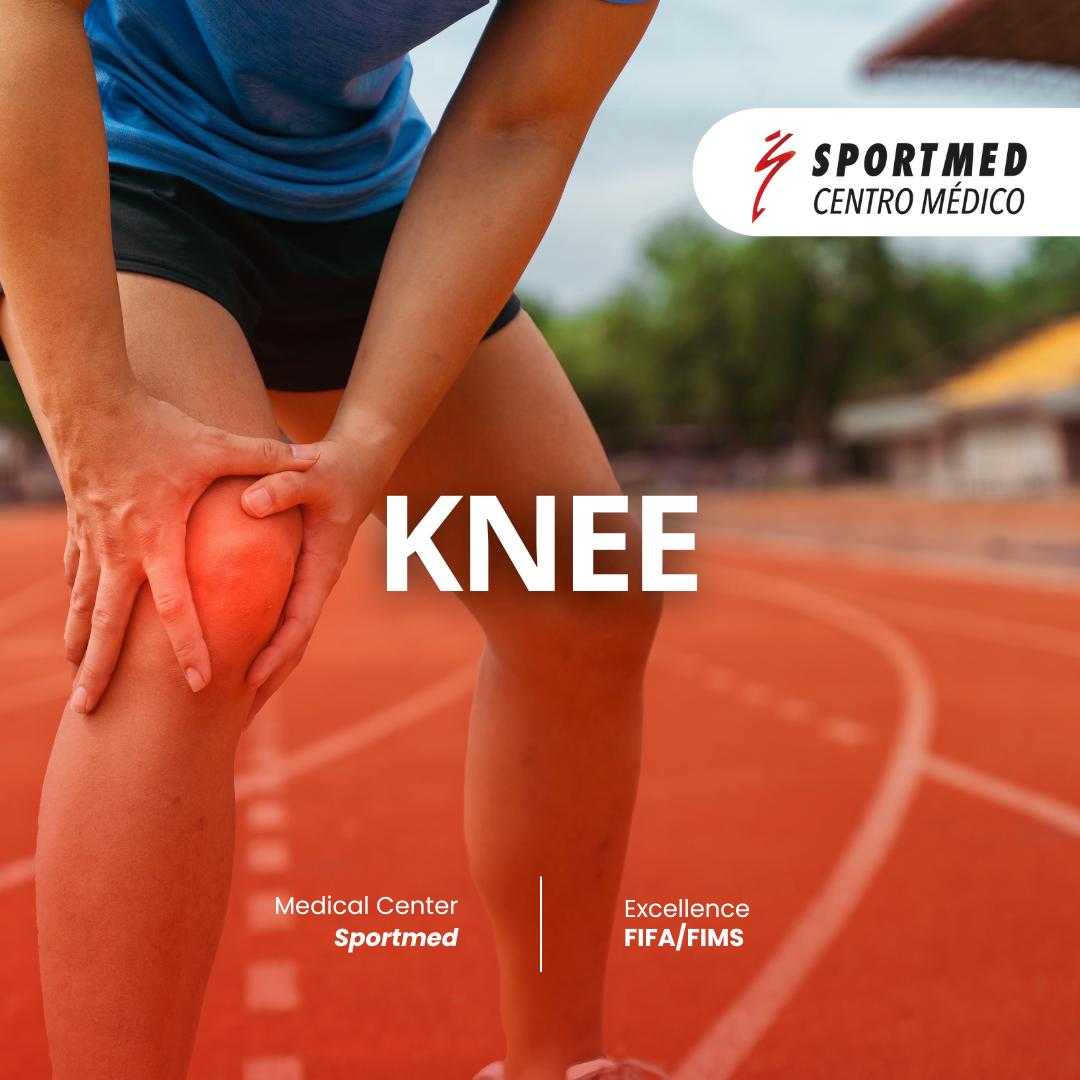





Share this listing